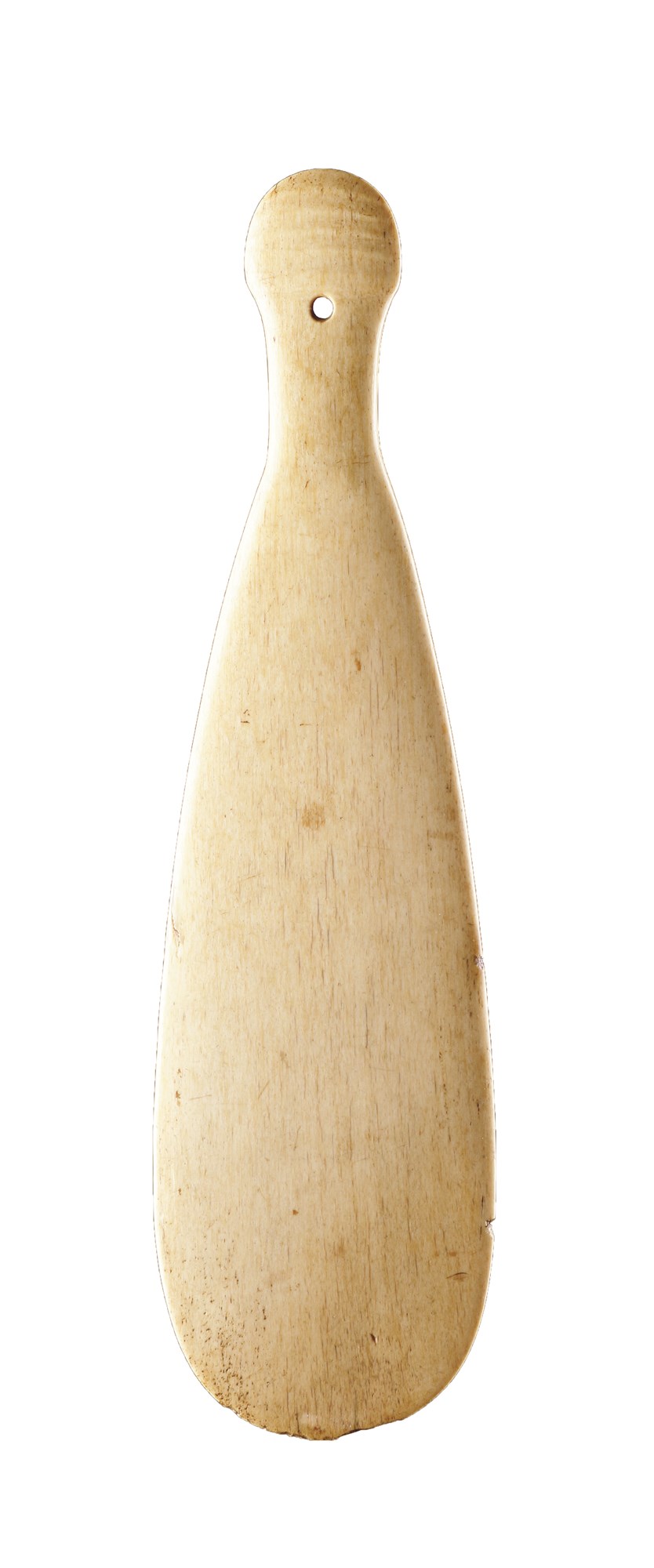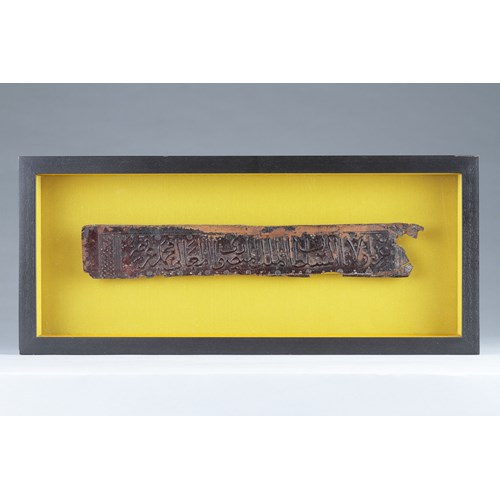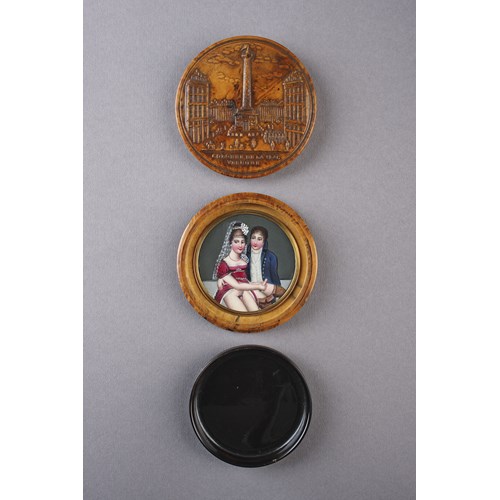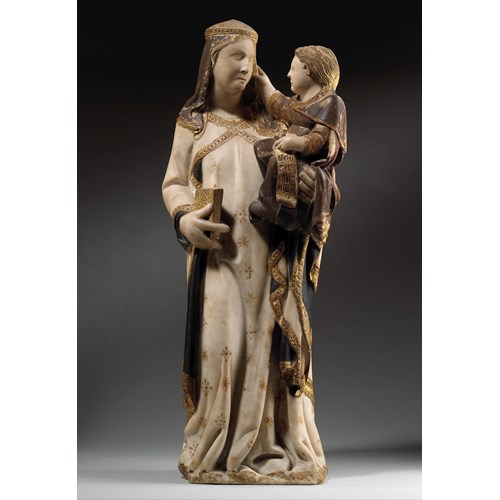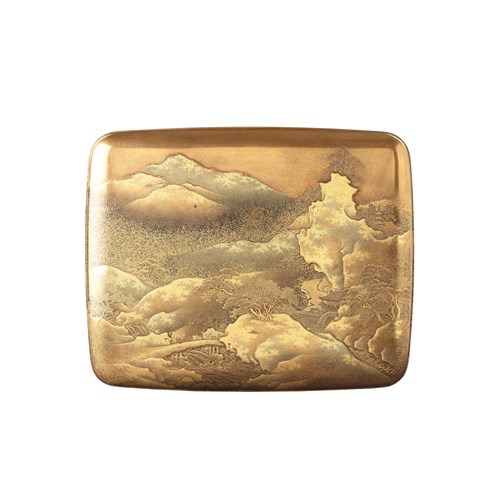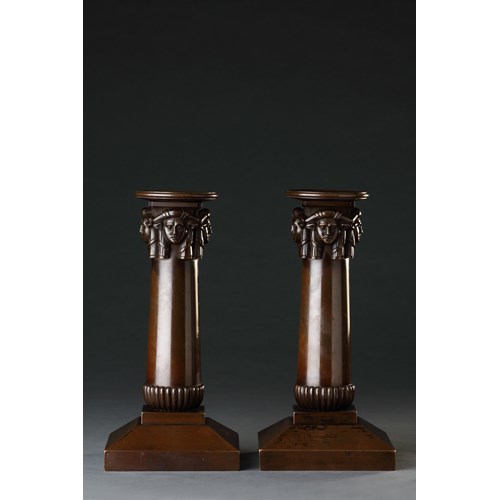An Elegant Maori ‘Patu Paraoa’
Period 1800-1900, Early 19th century
Medium Whalebone
Dimension 44 cm (17³/₈ inches)
Superb colour and patina
Whalebone
New Zealand Maori
Early 19th Century
SIZE: 44cm long - 17¼ ins long
Period: 1800-1900, Early 19th century
Medium: Whalebone
Dimension: 44 cm (17³/₈ inches)
Provenance: Ex Karim Grusenmeyer, Asian Works of Art, Belgium 2008
Ex Private collection
SEE: ‘The Maori Collections of the British Museum’ Dorota Czarkowska Starzecka, Roger Neich, Mick Prendergrast; plate 119 ill. 712, 714, 716, 722 and 724
Literature: Unlike other hand clubs elsewhere in the world used for bludgeoning downward blows, Maori ‘patu’ were designed for jabbing and thrusting movements, for quick fighting in which a split second was too important to waste in raising the weapon to strike a blow. The whalebone was cut from the pan-bone of a sperm whale with a sandstone saw. Grooves were then cut from the front. The back was then sawed away to take out the resulting slab. This was then formed into a club shape by chipping and sawing with stone tools. Each individual club was weighed and balanced to suit the hand and preference of the warrior for whom it was being made. Such clubs were used over many generations and became associated with the Maori who wielded them. These heirlooms were ‘Taonga Tuku Iho’ – treasures passed down from the ancestors.
More artworks from the Gallery


